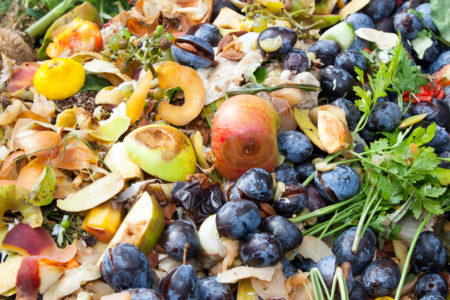England’s household waste recycling rate for the 2019/20 financial year has risen by 0.4% to 45.5%, data published by Defra today (3 March) has shown.
The figures also show that Three Rivers district council in Hertfordshire was the local authority with the highest recycling rate at 64.1%, while Barrow-in-Furness borough council had the lowest at 18.8%. A breakdown of local authority data can be found here (see letsrecycle.com story).
As the data is for the 2019/20 financial year, it does not include much of the impact of the Covid-19 pandemic. Only the first couple of weeks of the first lockdown in March 2020 are included in the data.
While the increase will be welcomed be Defra, the rate falls short of the 2020 calendar year target of 50% set by the European Commission although Defra is still to announce figures for calendar year 2020 – these are expected to be impacted by the pandemic. [updated: 3 March]
The release said that England’s rate will “make a significant contribution to UK estimates” for the EU target, which will be published in the next edition of the UK Statistics on Waste later this year. It is therefore highly likely the target will be missed.
Organics
The figures show that in 2019/20, the ‘waste from households’ recycling rate was boosted by a 2.3 percentage point increase in organics sent for recycling, brought on by “better growing conditions in July to September 2019”.

‘Better growing conditions’ in July to September 2019 helped boost the amount of organics sent for recycling
This is compared to the “hot, dry weather which reduced plant growth in the summer of 2018/19”.
Data
In 2019/20, the total weight of ‘waste from households’ in England was unchanged from 2018/19 at 22.1 million tonnes, which has been rounded to the nearest decimal point. In total, there was a reduction of around 18,000 tonnes.
Of this, the amount of ‘waste from households’ sent for recycling increased to 10.1 million tonnes, an increase of 0.9% when compared to 2018/19.
While dry recycling remained unchanged at 5.9 million tonnes, organic recycling, increased by 2.3% to 4.2 million tonnes.
This gave a total recycling rate of 45.5%, when IBA metal is also included. The household recycling rate without IBA metal was 42.8% in 2019/20, meaning IBA makes up around 2.7% in 2019/20. This is up from 2.4% the previous year.
Landfill
As outlined in the table below, the data also shows the amount of waste sent to landfill or incineration in the UK.
The data shows that for all local authority waste, which includes street sweepings and municipal parks and gardens waste, 8.5% was sent to landfill, while 45.5% was sent for energy recovery. This is compared to 10.8% and 43.8% respectively last year.
Calendar year
The data released by Defra also includes that of the 2019 calendar year, which recorded an identical recycling rate of 45.5%, up 0.9% from 44.7 per cent in 2018.
The calendar year ‘waste from household’ data is included for “continuity” and is what the EU uses to provide “a consistent approach with which to report household recycling rates at the UK level under the Waste Framework Directive (2008/98/EC)”.
The post England’s 2019/20 recycling rate inches up appeared first on letsrecycle.com.
Source: letsrecycle.com Waste Managment




